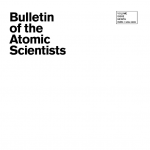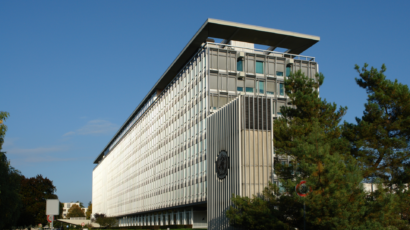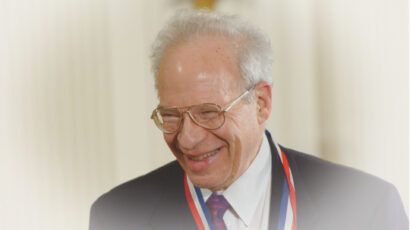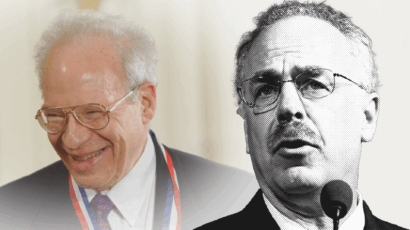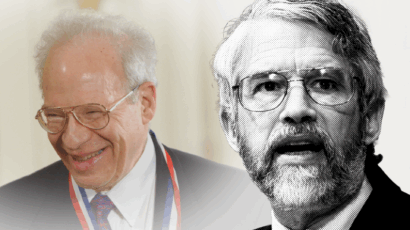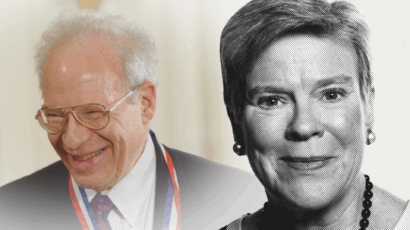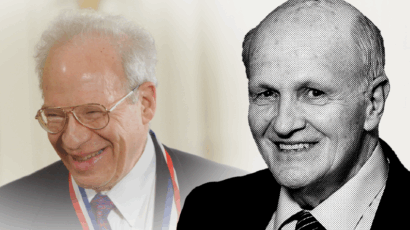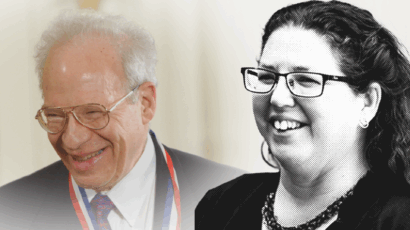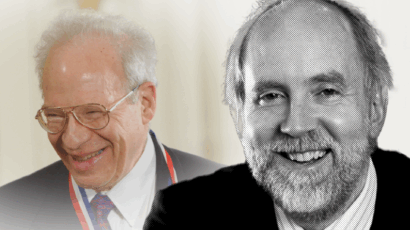Nuclear disarmament summits: A proposal to break the international impasse
By Kelsey Davenport, Jana Puglierin, Petr Topychkanov | July 4, 2017
The existing nuclear-disarmament architecture is under considerable stress. Given the international frustration over the slow pace of disarmament within the context of the Nuclear Non-Proliferation Treaty and uncertainty about the future relationship between Russia and the United States, the prospects for advancing disarmament within politicized processes seem dim. But despite this negative environment, progress is possible. The ban treaty movement is bringing greater international attention to the disarmament impasse, and past successes in the Nuclear Security Summits demonstrate that states are willing to take actions that go beyond consensus statements. A similar set of summits, designed to encourage state-level and multinational efforts to make progress on conditions necessary for disarmament – such as transparency, monitoring, verification, and enforcement – could enable groups of states to move beyond the status quo and address key conditions that will be necessary to achieve disarmament. Read this article in the July/August issue of our subscription journal.
Together, we make the world safer.
The Bulletin elevates expert voices above the noise. But as an independent nonprofit organization, our operations depend on the support of readers like you. Help us continue to deliver quality journalism that holds leaders accountable. Your support of our work at any level is important. In return, we promise our coverage will be understandable, influential, vigilant, solution-oriented, and fair-minded. Together we can make a difference.

